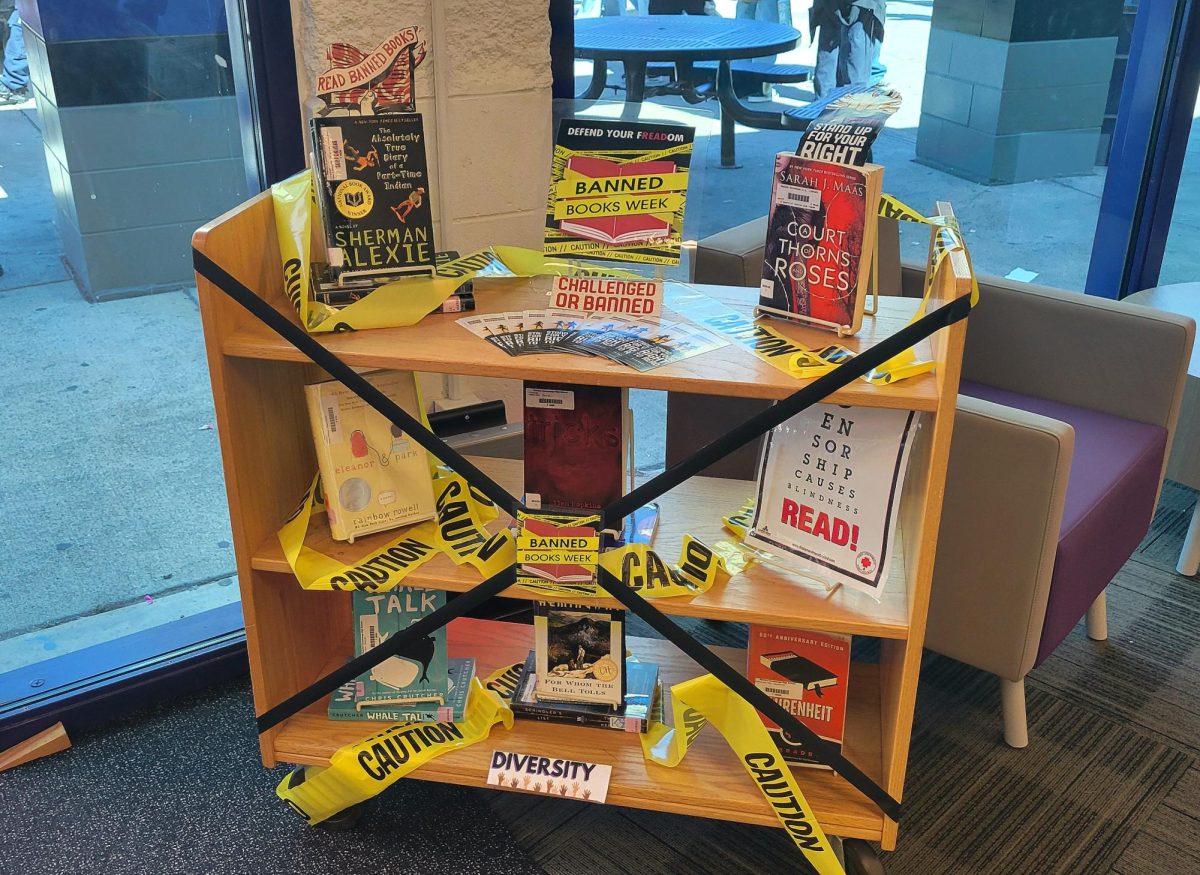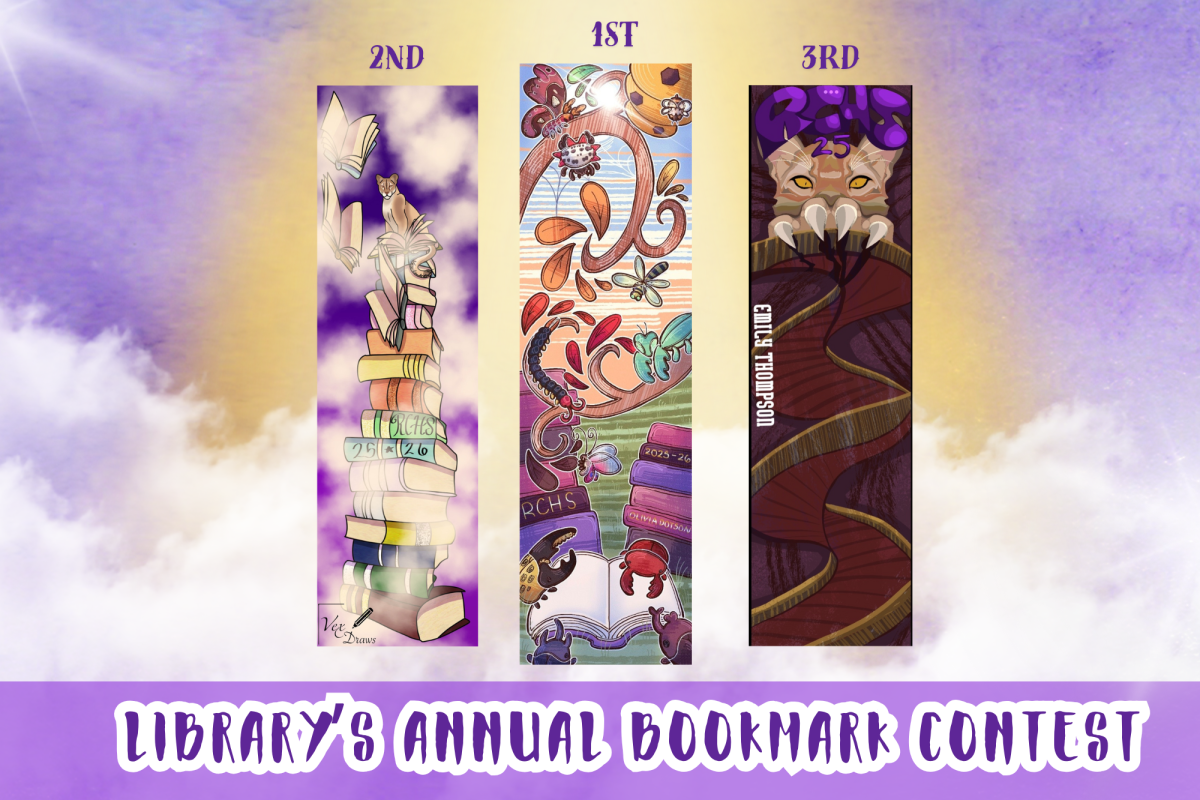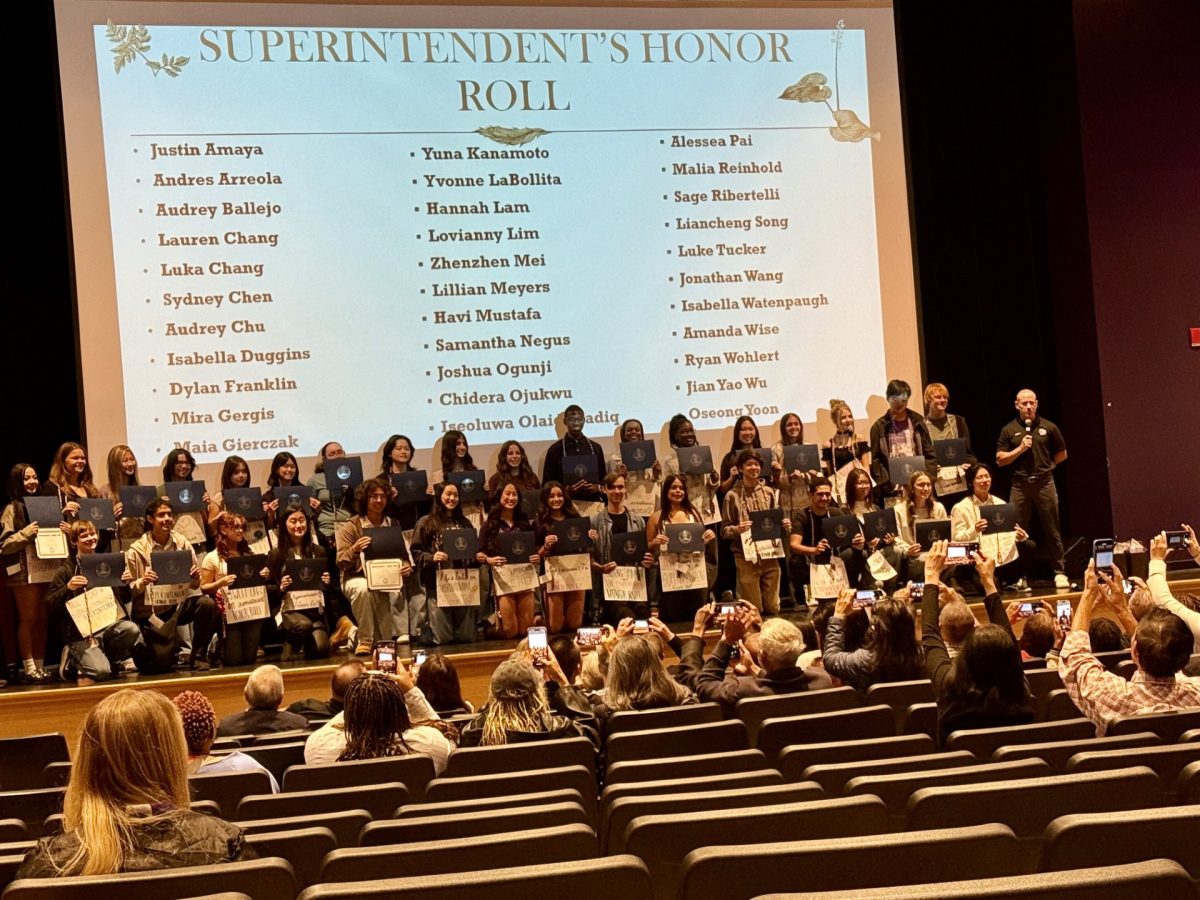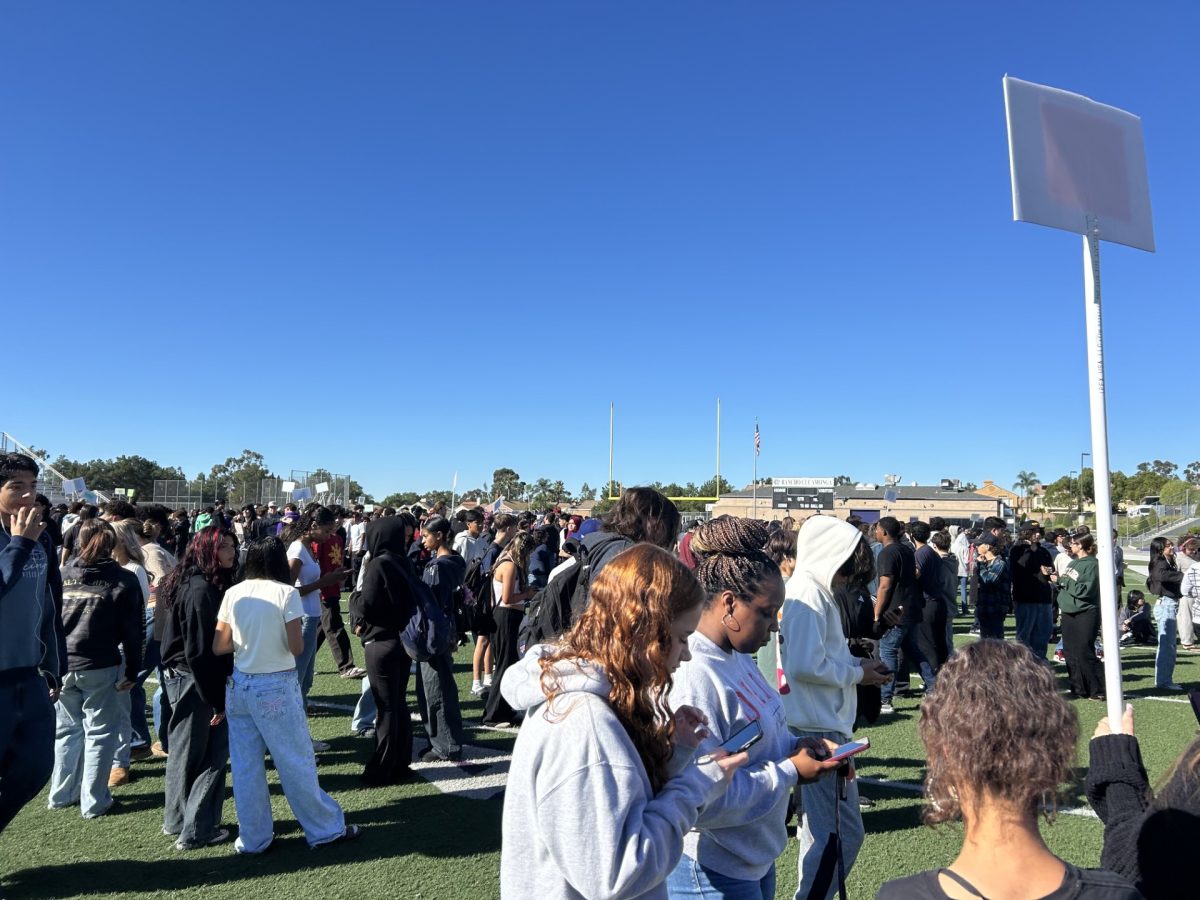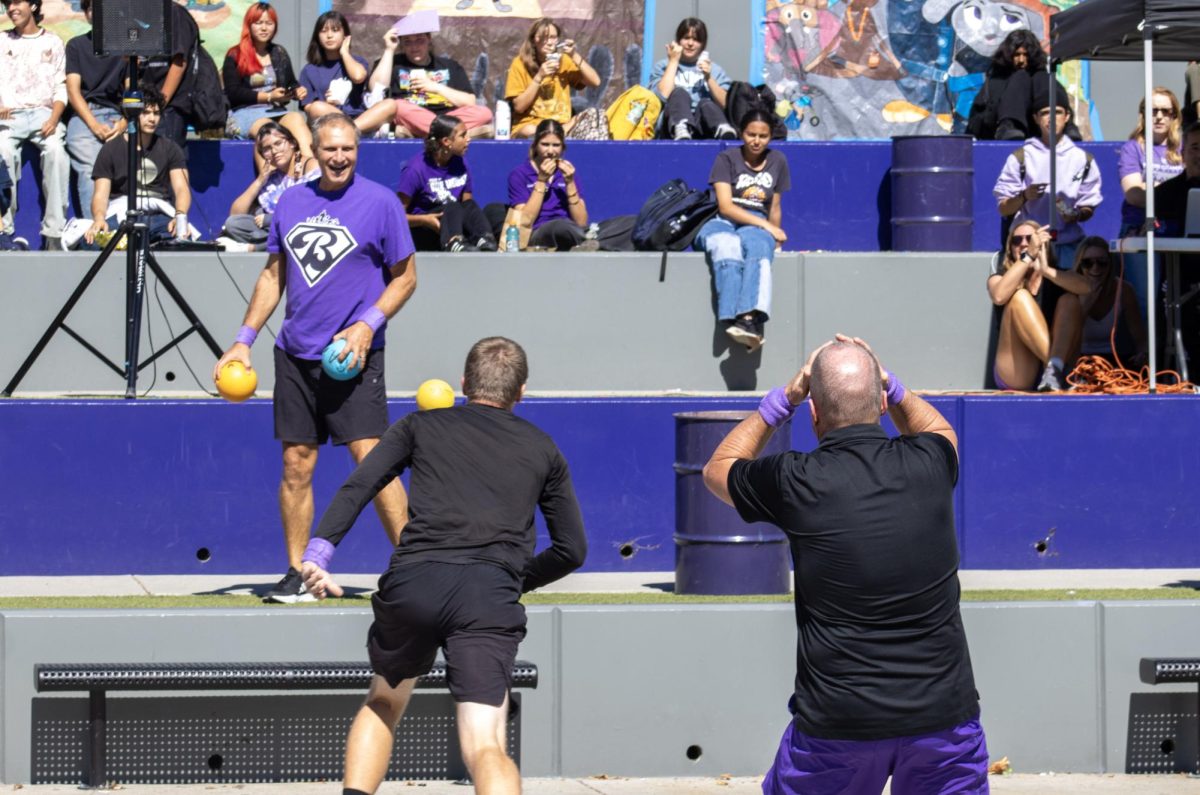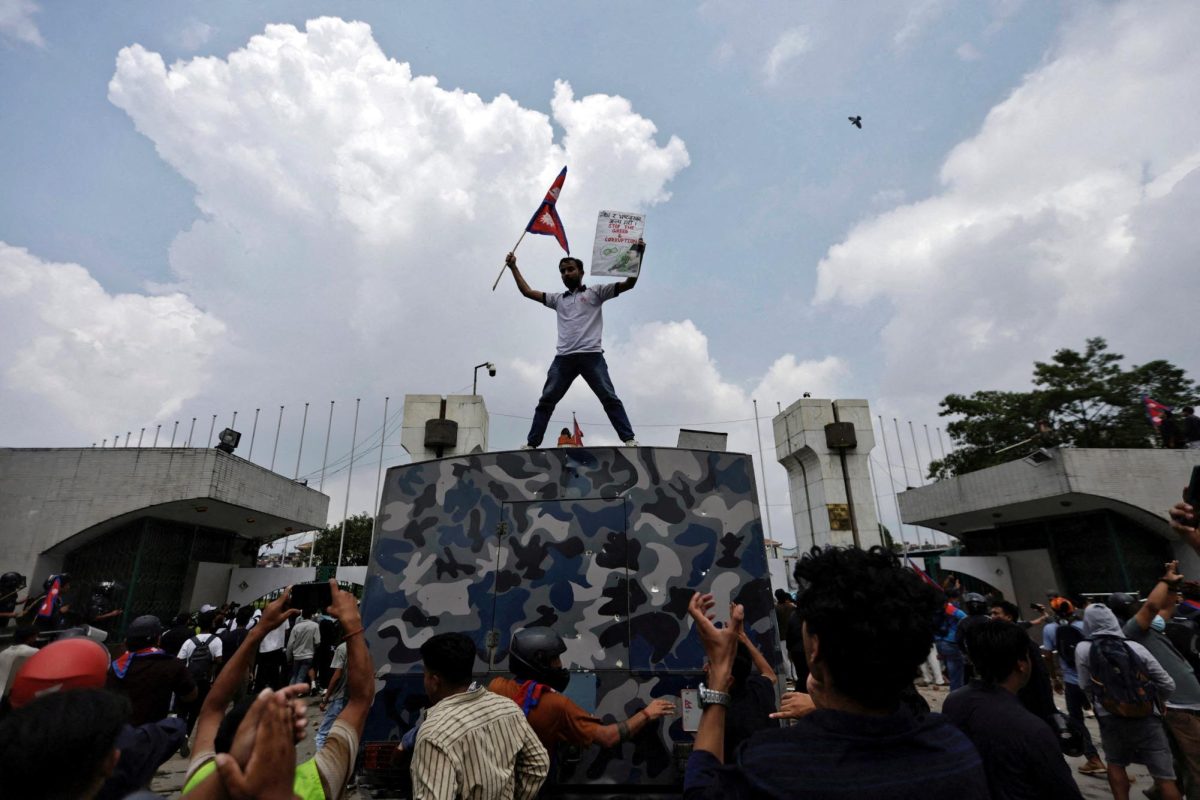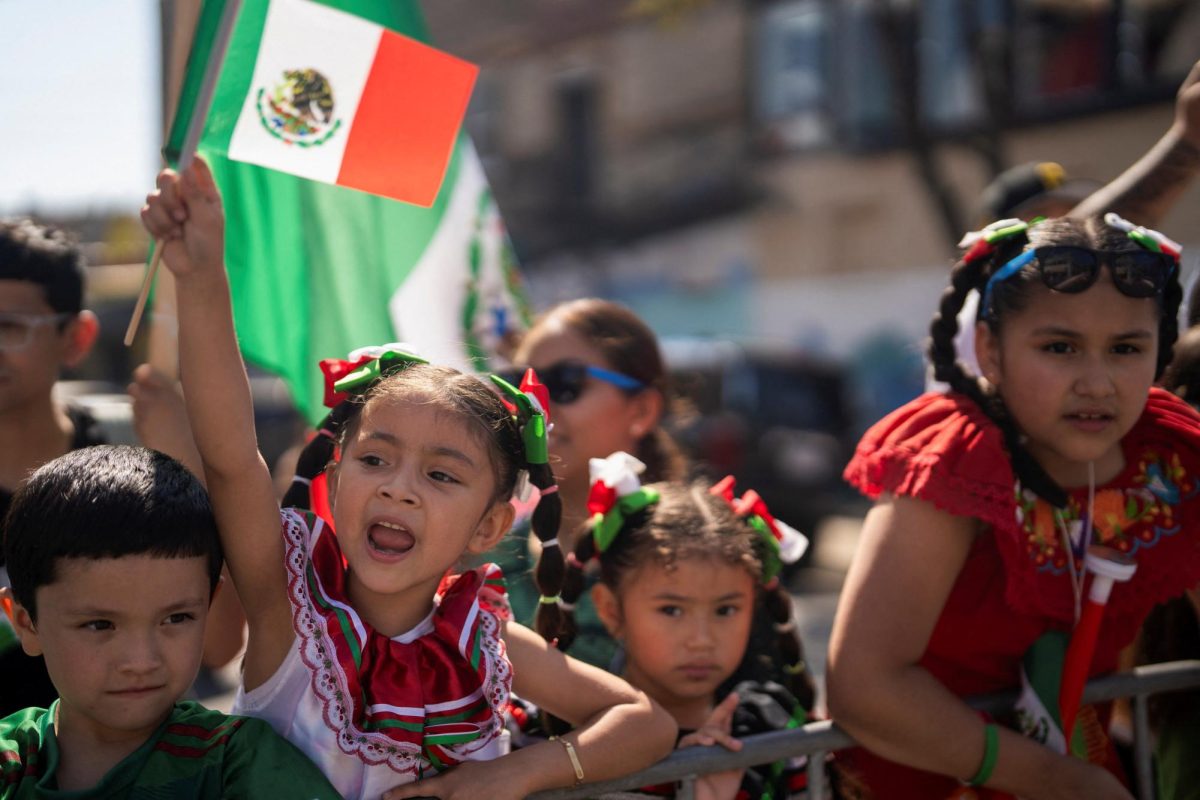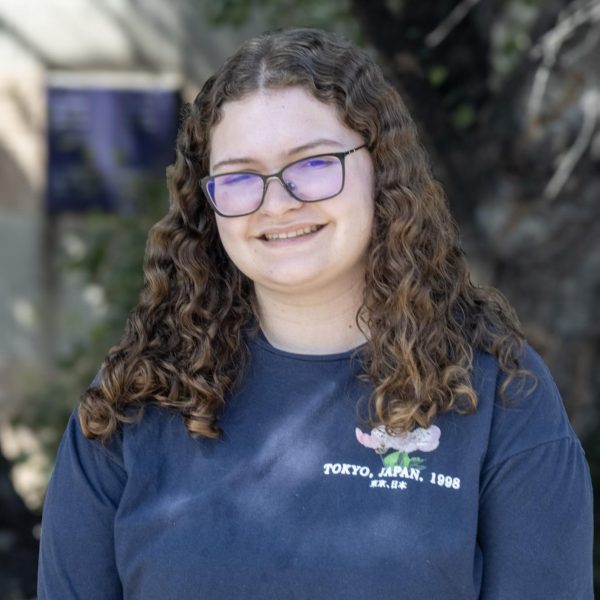“Censorship is so 1984,” or at least that is what the Banned Books Week website says. The quote is a reference to the dystopian novel “1984” by George Orwell, featuring a controlling government.
Two terms involved in this topic are banning and challenging a book. Challenging a book is the first step. Many schools, including Rancho Cucamonga High School, have a process to determine whether a book should be banned. Ms. Connie Joyce, the RCHS teacher librarian, said that most of the time, when a parent might not want to ban it for the whole class, they will most likely ask for the change to apply only to their student.
“But if they are challenging saying that the whole class, the whole school, or even the whole district cannot read that title, that is more concerning,” said Joyce.
A book ban, according to Pen.org, is “any action taken against a book based on its content and as a result of parent or community challenges, administrative decisions, or in response to direct or threatened action by lawmakers or other governmental officials, that leads to a previously accessible book being either completely removed from availability to students, or where access to a book is restricted or diminished.”
In other words, a book challenge is the first step, while a book ban is the result of challenging and getting a board to agree.
Many people who are against book banning claim that it is censorship. They claim that those in favor of censoring books are limiting the knowledge and important experiences of people. They believe that by not allowing people to read these books, it makes it harder for people to empathize with others. Senior Emily Shorter disagrees with banning books.
“I think banning these books from schools or public libraries is taking it too far. Just don’t take your kid to the public library. Or like, try to make your kid not read those books,” Shorter said.
On the other hand, those who support the recent uptake in banned books argue that there are things that should not be available to the public, specifically children, in schools. They argue that topics such as sexuality, gender, and issues pertaining to racial violence are inappropriate and that students shouldn’t be concerned with these topics.
“We’re seeing a big uptake in the district. And you see places like in Florida where they are banning statewide. Normally, it is just regionally. It might be your school, or maybe your district, not even the county,” Joyce said.
During Banned Books Week, the RCHS library showcased many of the frequently banned or challenged books that the library has. Students who wanted to see more books banned in libraries and schools participated in the Banned Books Week Bingo on Friday, Oct 10, in the library. Joyce showed students the banned books that the library had and gave reasons why they were banned or challenged.
One such book that is frequently challenged is “Born a Crime” by Trevor Noah, a book that honors sophomores at RCHS read. It has been challenged and banned in two places for its depictions of racism during Apartheid, the period in South Africa spanning into the 1990s, where rules separated people of different races. It was taken out of the curriculum in Putnam County School District, which is in Florida, as well as in St. Louis University High School.
Many banned books include LGBTQ+ themes, such as the top three most banned books in America: “All Boys Aren’t Blue” by George M. Johnson, Gender Queer: A Memoir by Maia Kobabe, and the novel “The Perks of Being a Wallflower” by Sephan Chbosky. “The Perks of Being a Wallflower” was tied with “The Bluest Eye” by Toni Morrison,
Other topics often disapproved of by those banning books is diversity, particularly of Black people and their struggles. Many books by Morrison, including ”The Bluest Eye” and “Beloved”, as well as “All Boys Aren’t Blue”, and “The Hate U Give” by Jessie Andrews, are also frequently challenged.
AP Lit students might be familiar with Morrison as students read her short story “Risitatif.”
Books can also be challenged and banned for other reasons.. In 1992, parents were appalled at a “Where’s Waldo” book, in which there was a woman with a vaguely visible breast. It was changed in 1997 to be more modest. In 2006, a Kansas school district banned the children’s novel “Charlotte’s Web” by E.B. White on religious grounds because it featured talking animals. In 1998, “The Lorax” by Dr. Seuss was challenged because of its negative attitude toward chopping down trees. In response to people banning children’s books, Shorter believes that banning children’s books is weird.
“There are some limits to where, like, why do you care so much?” Shorter said.

